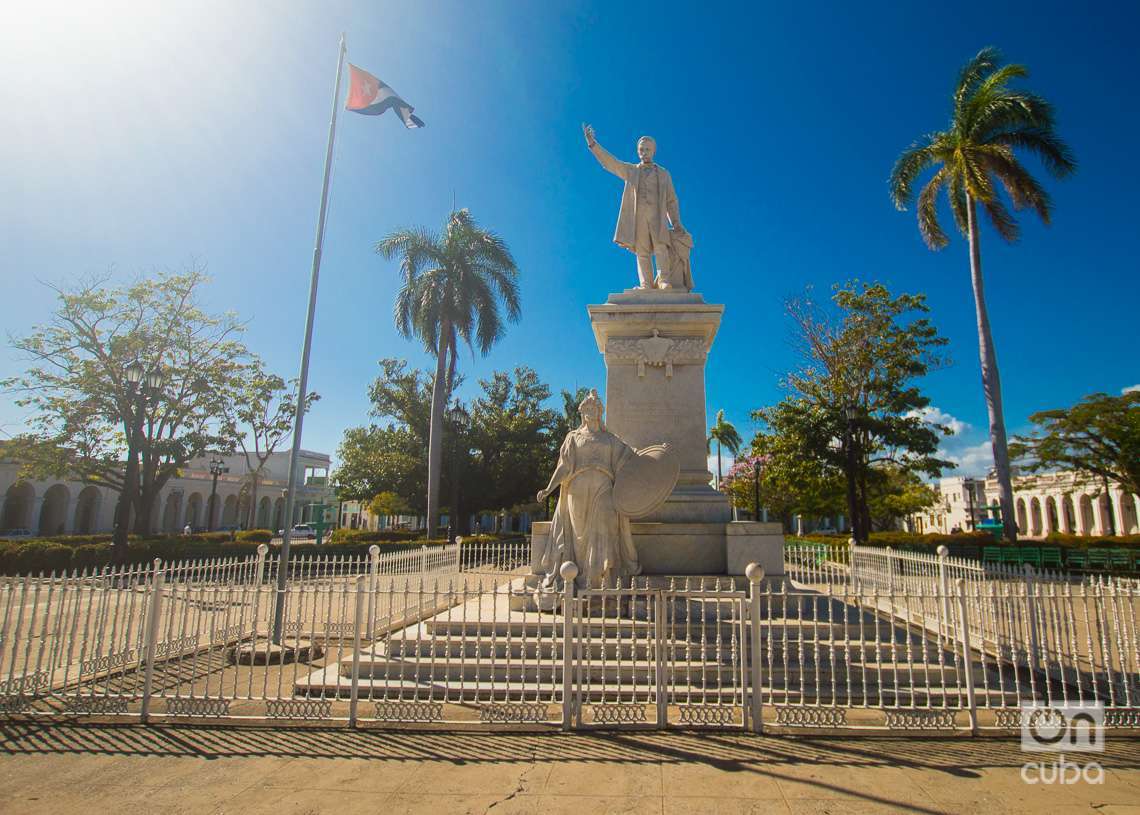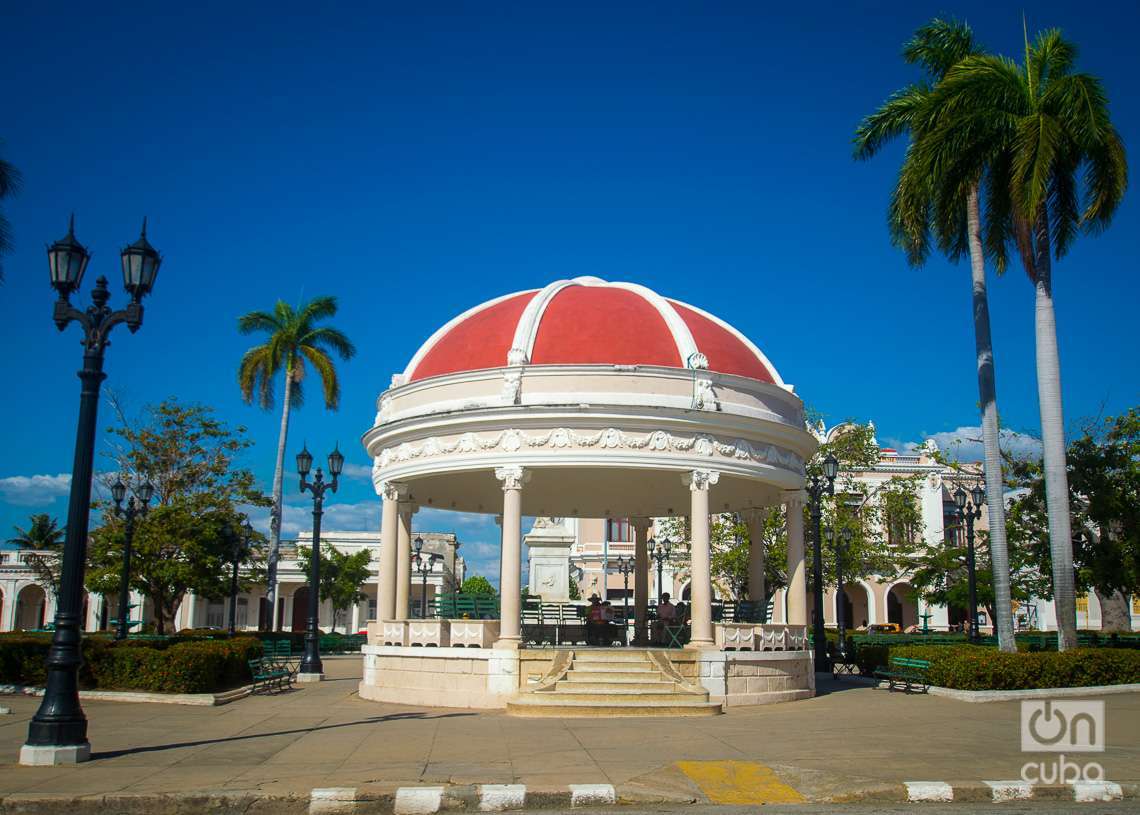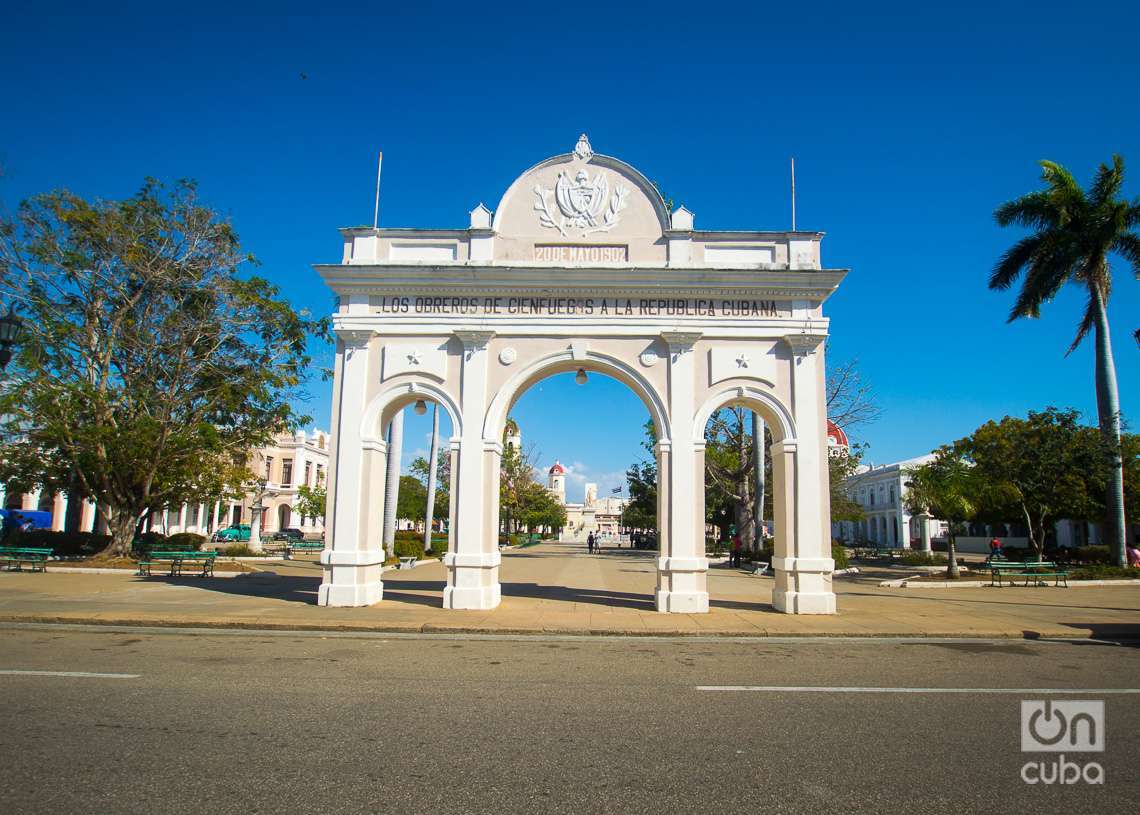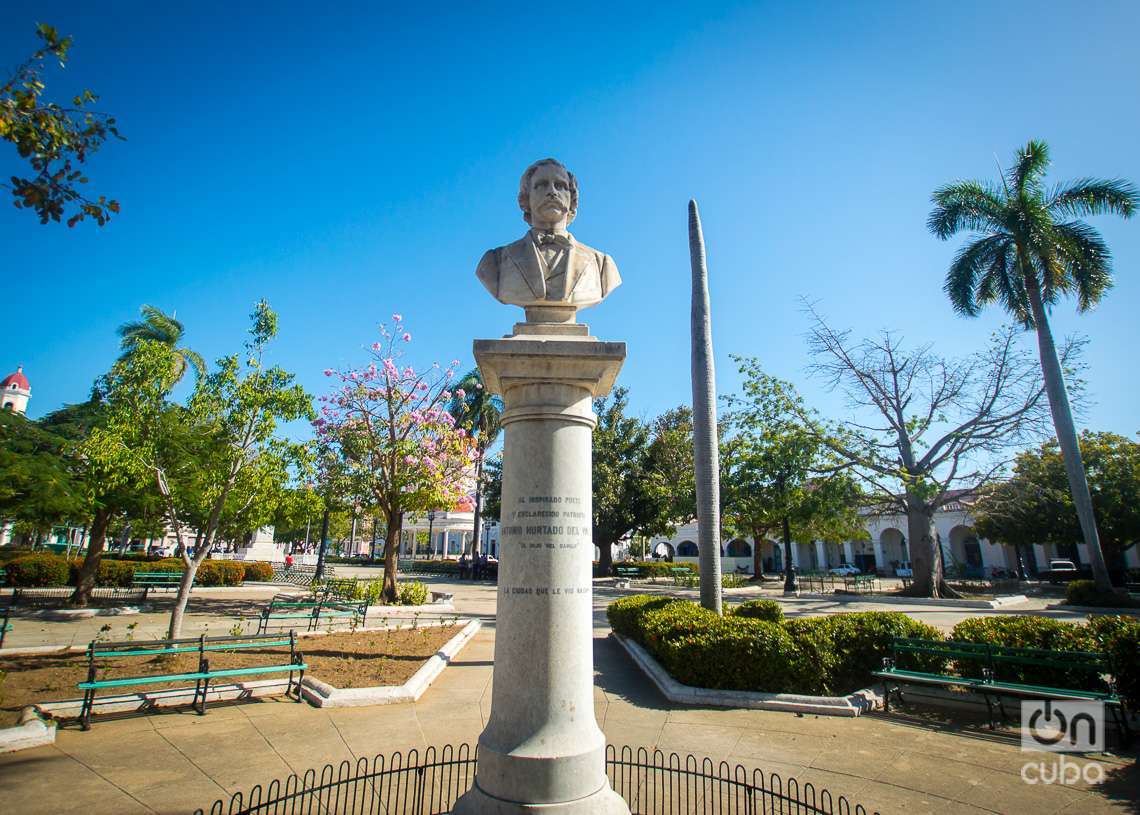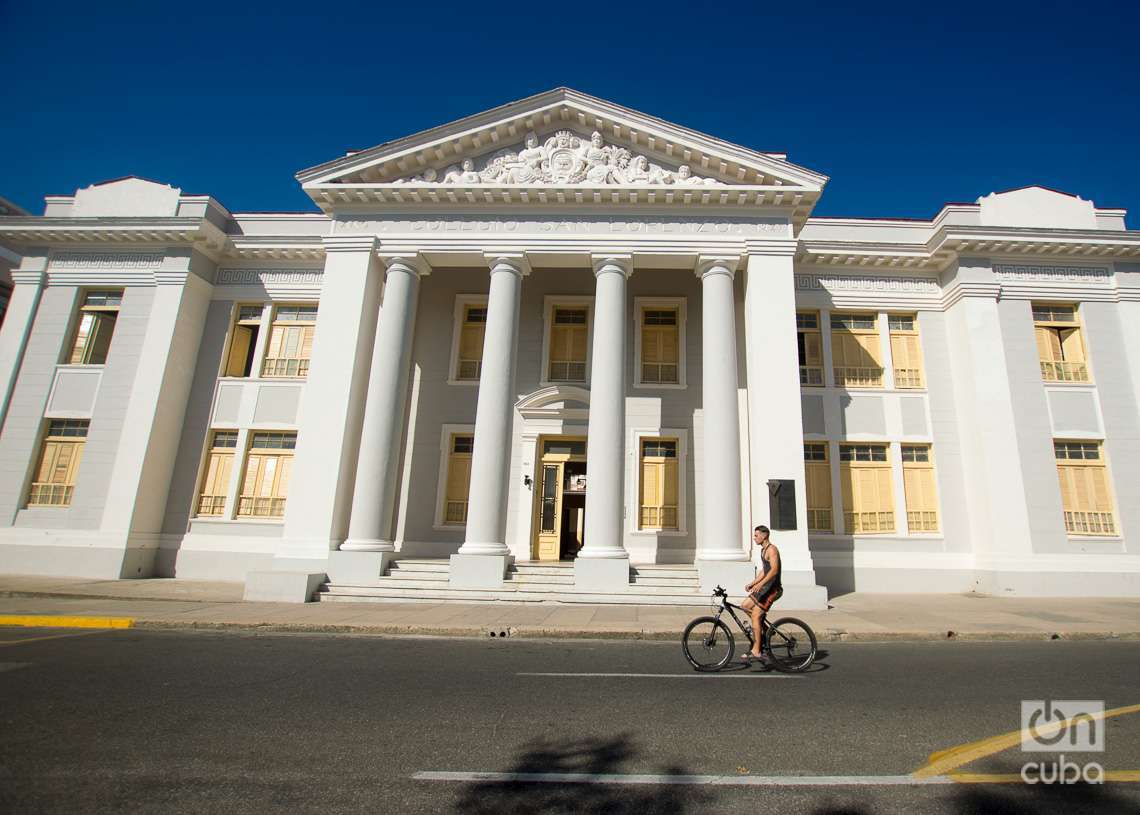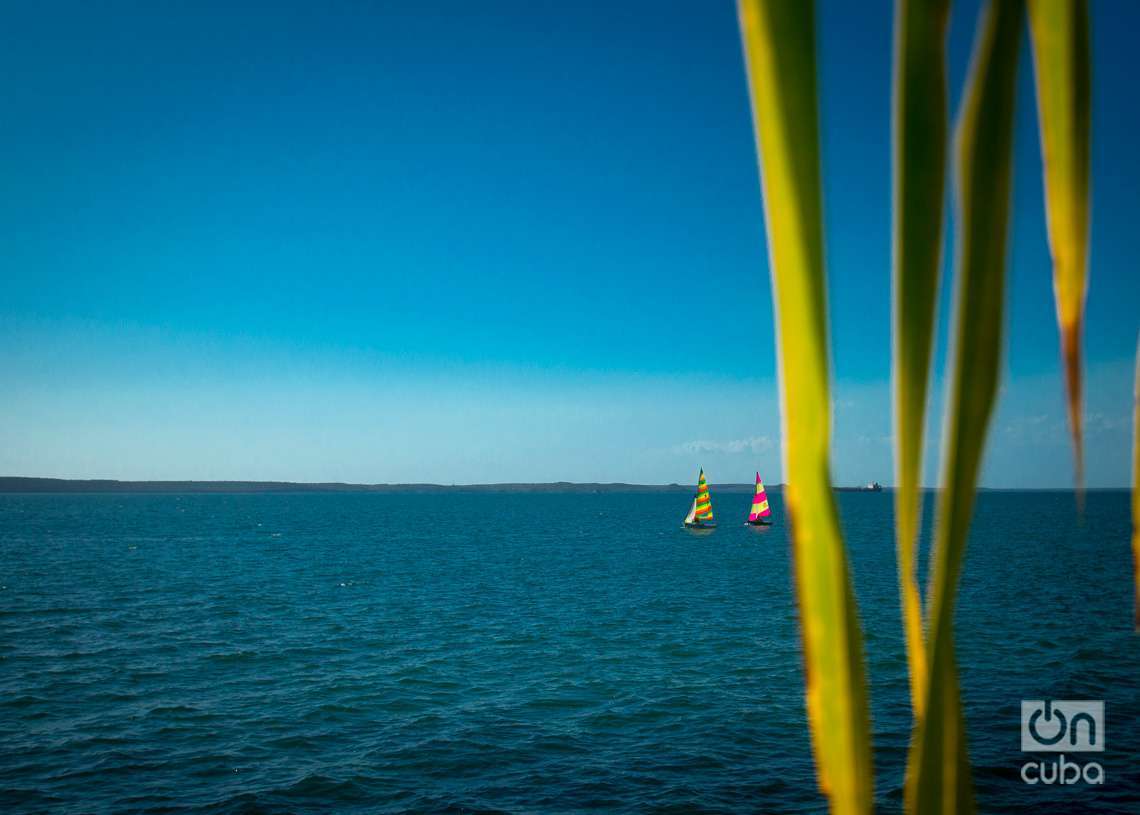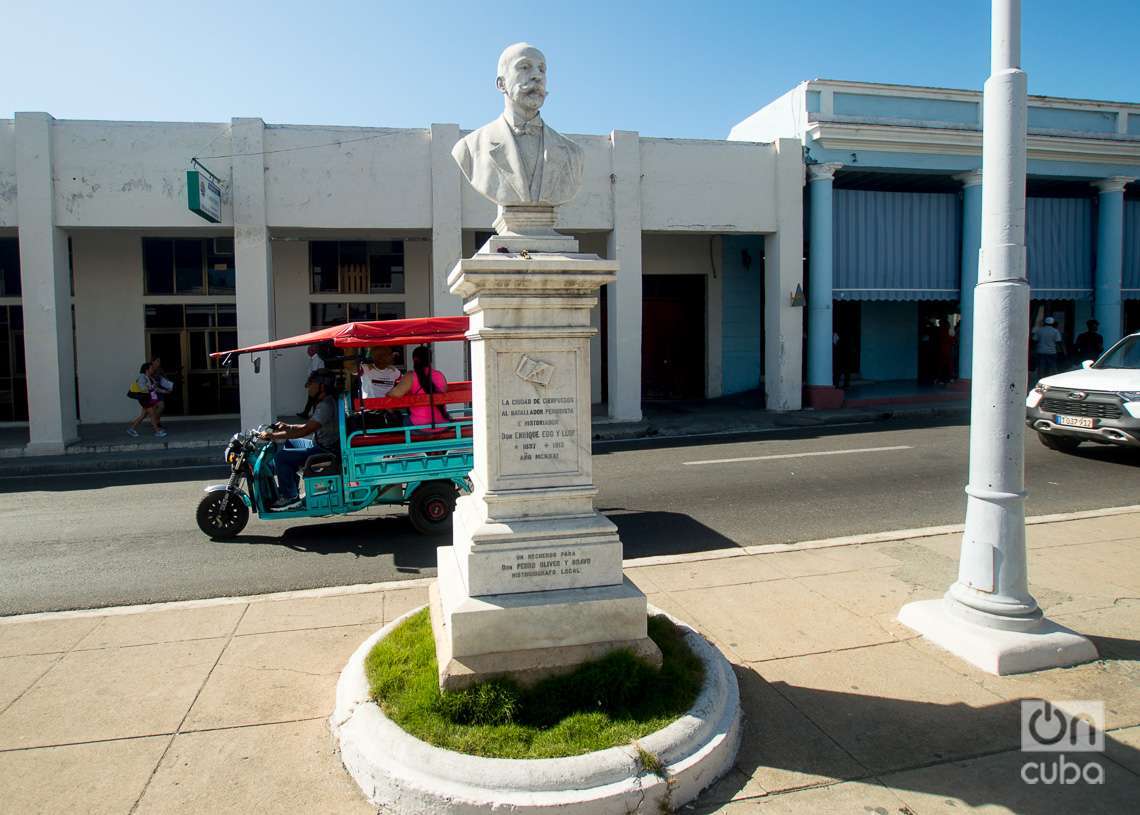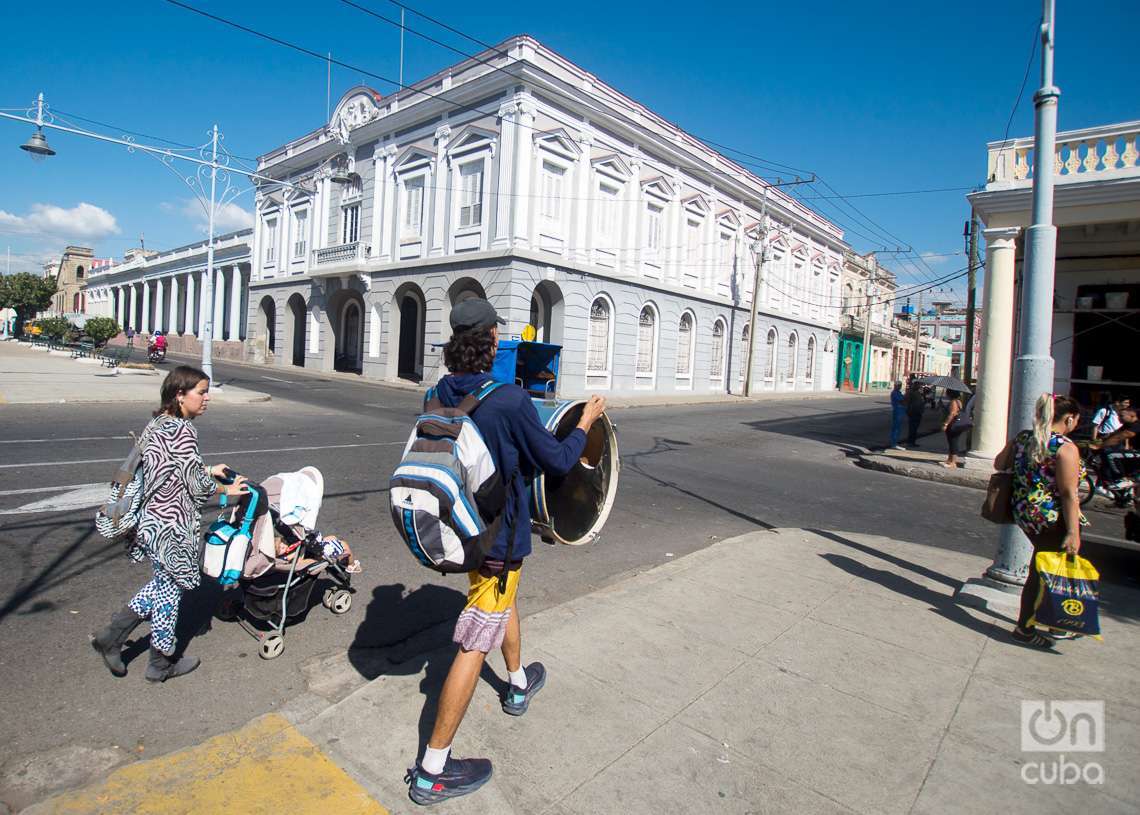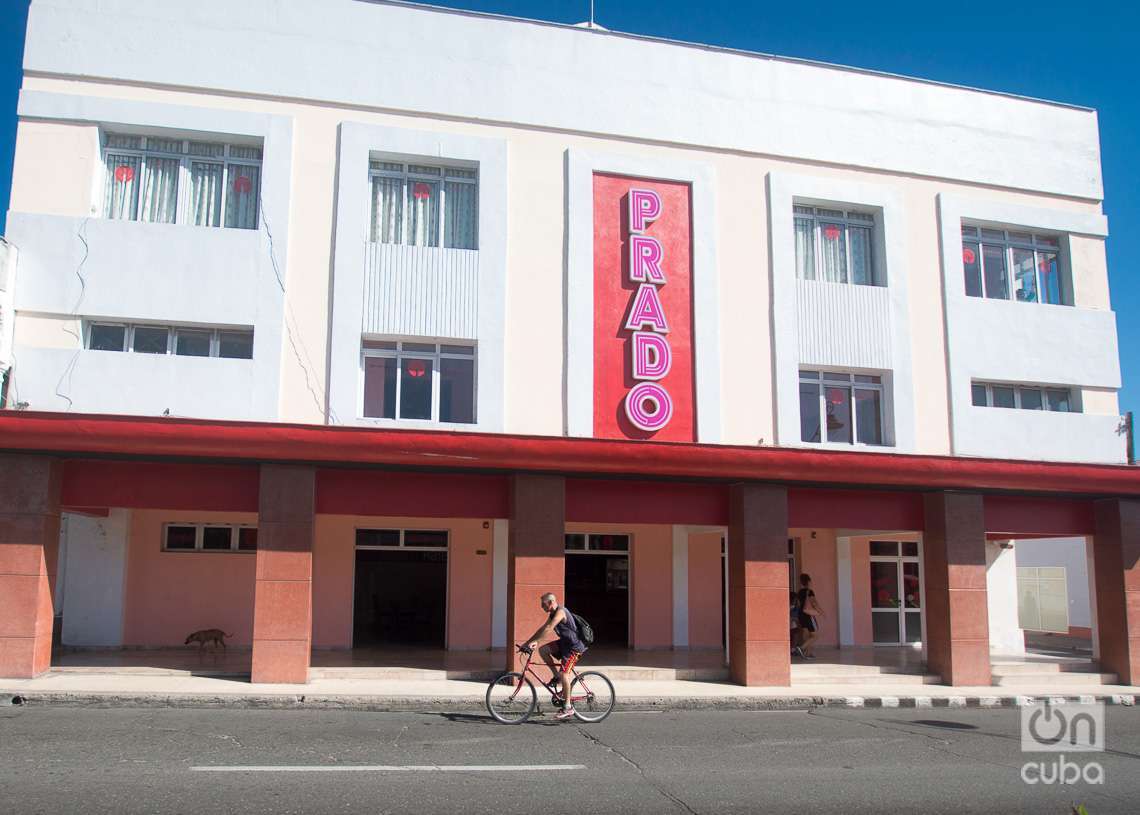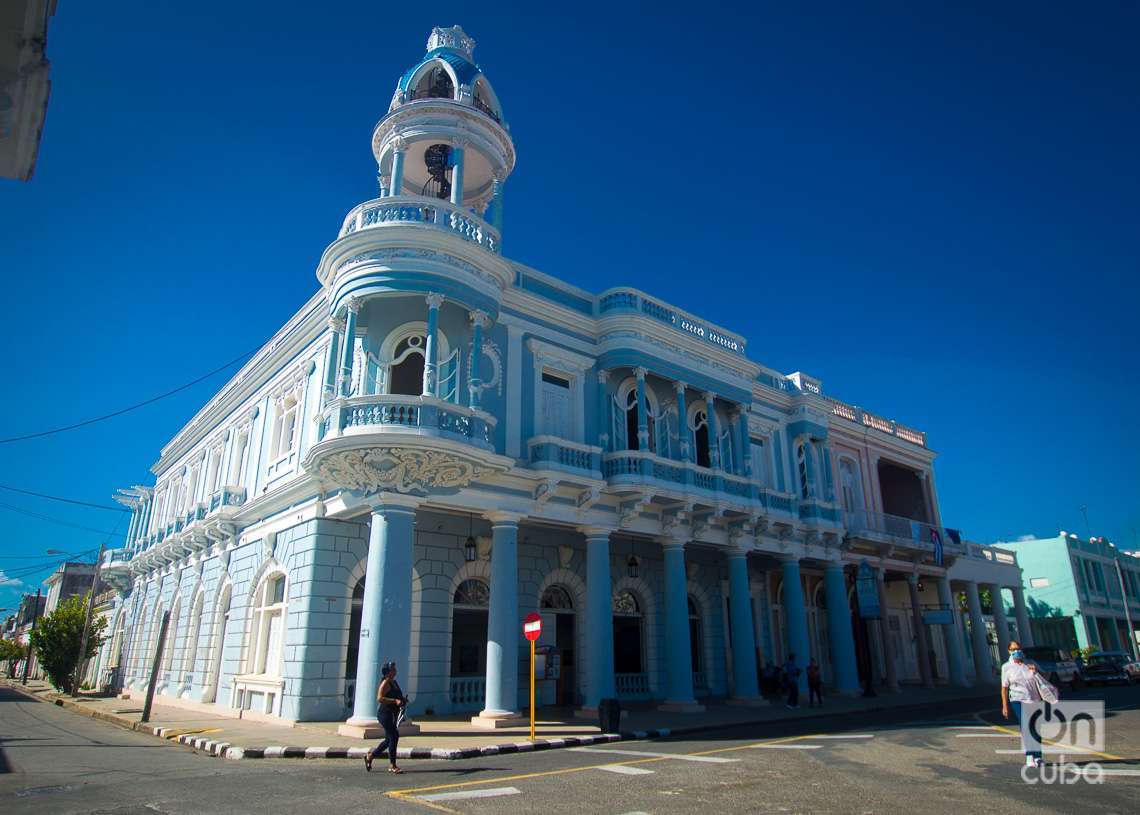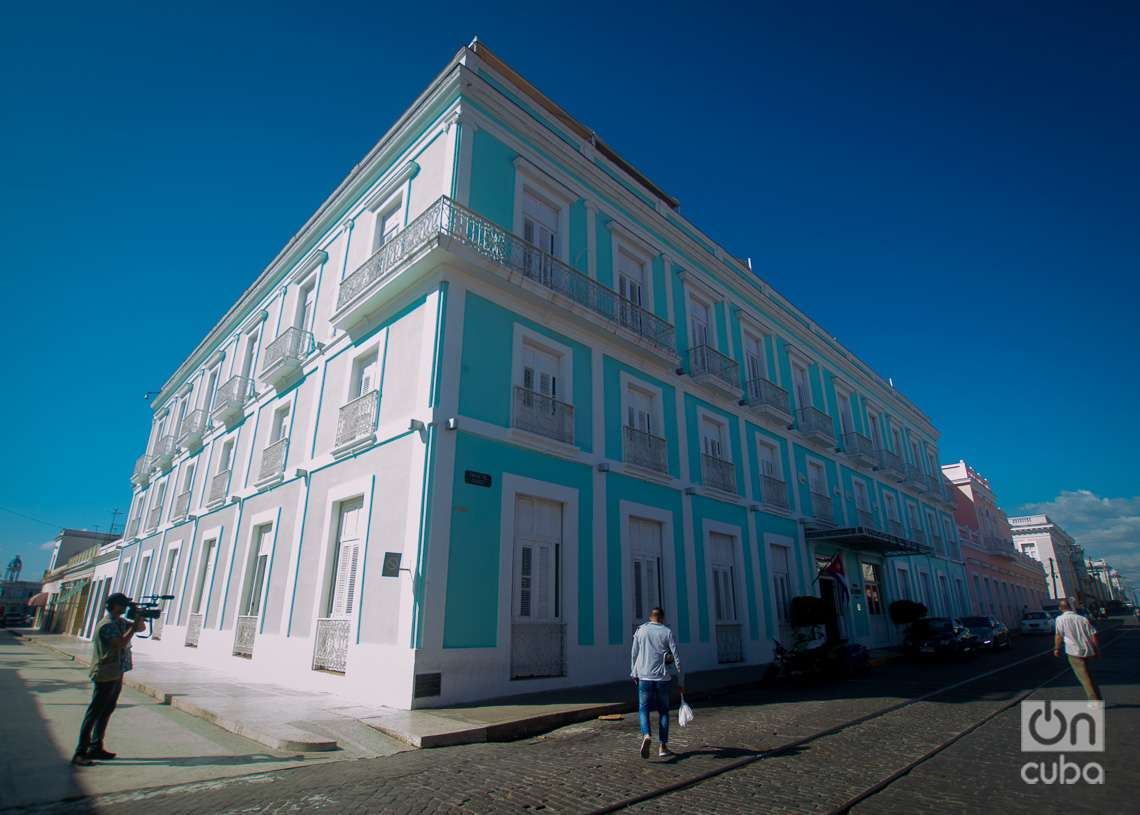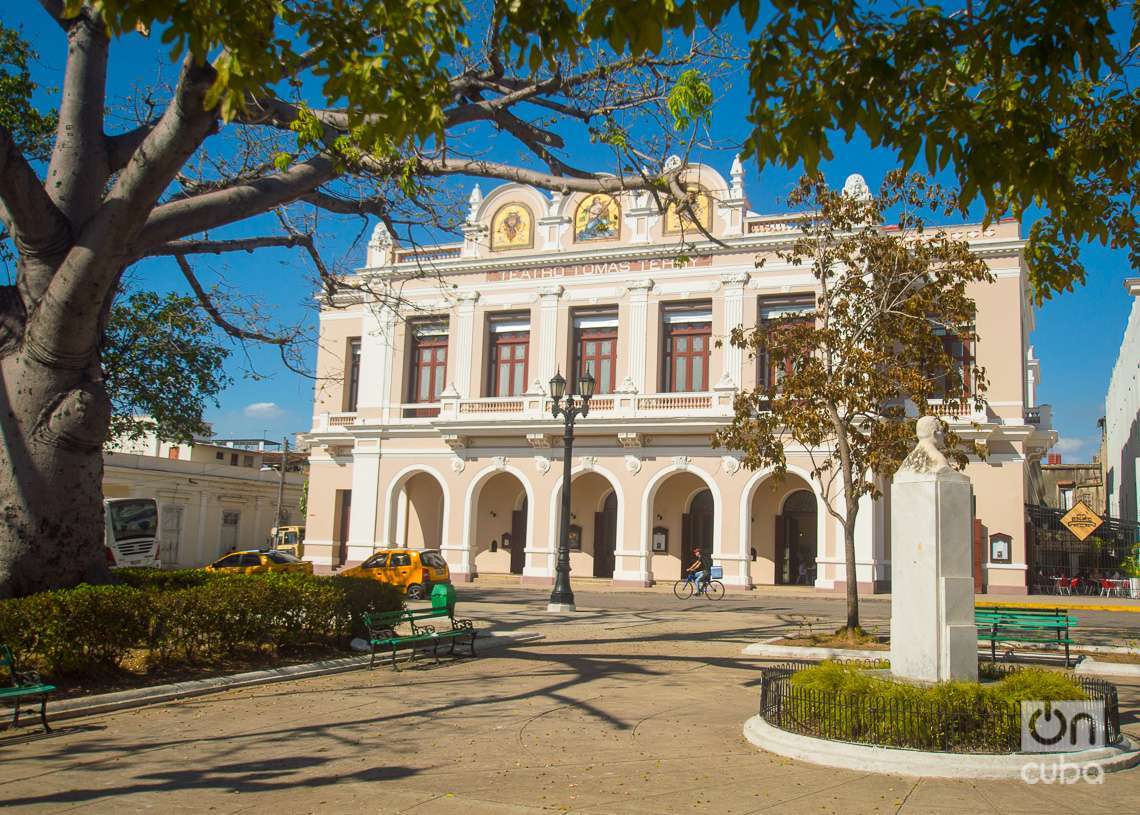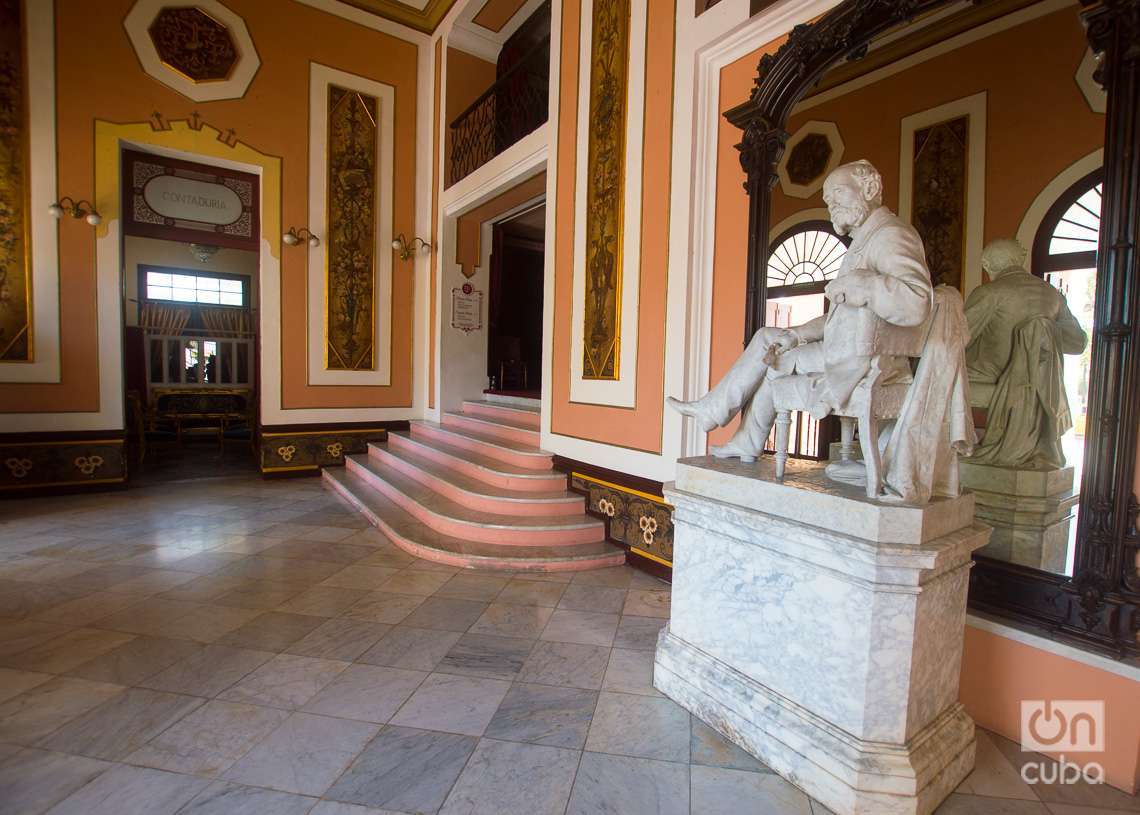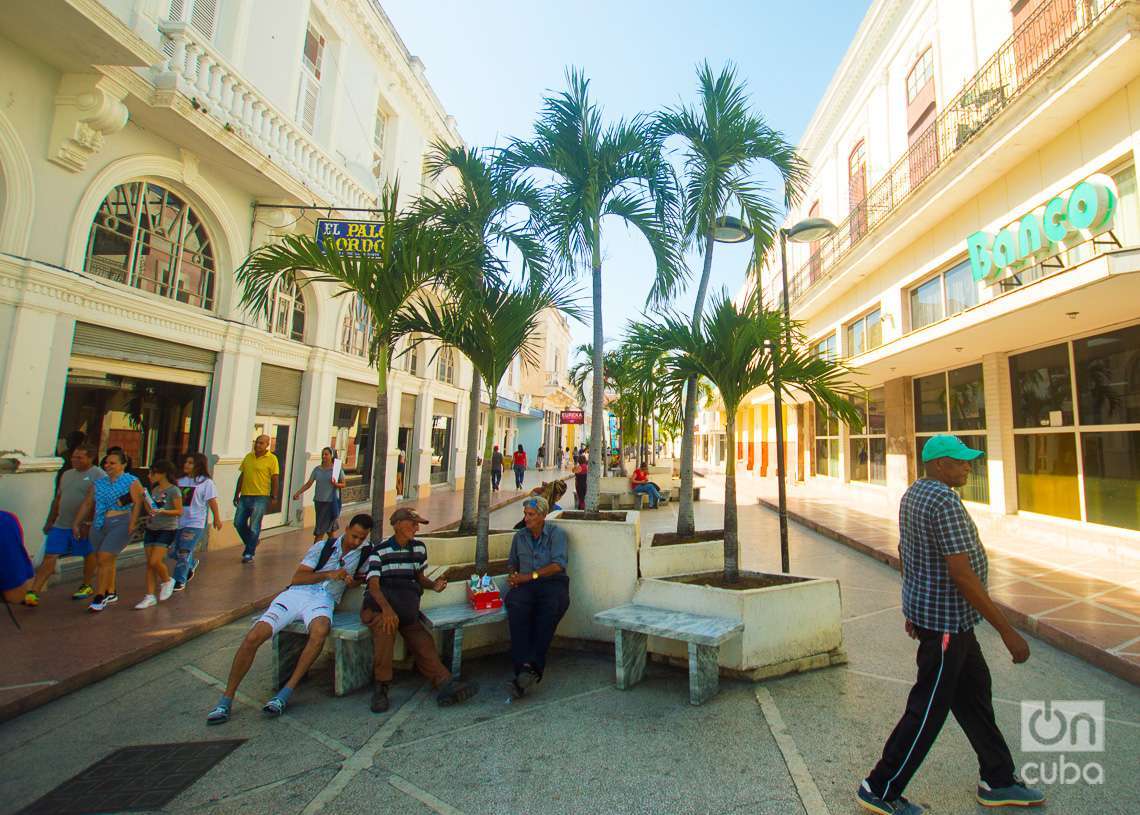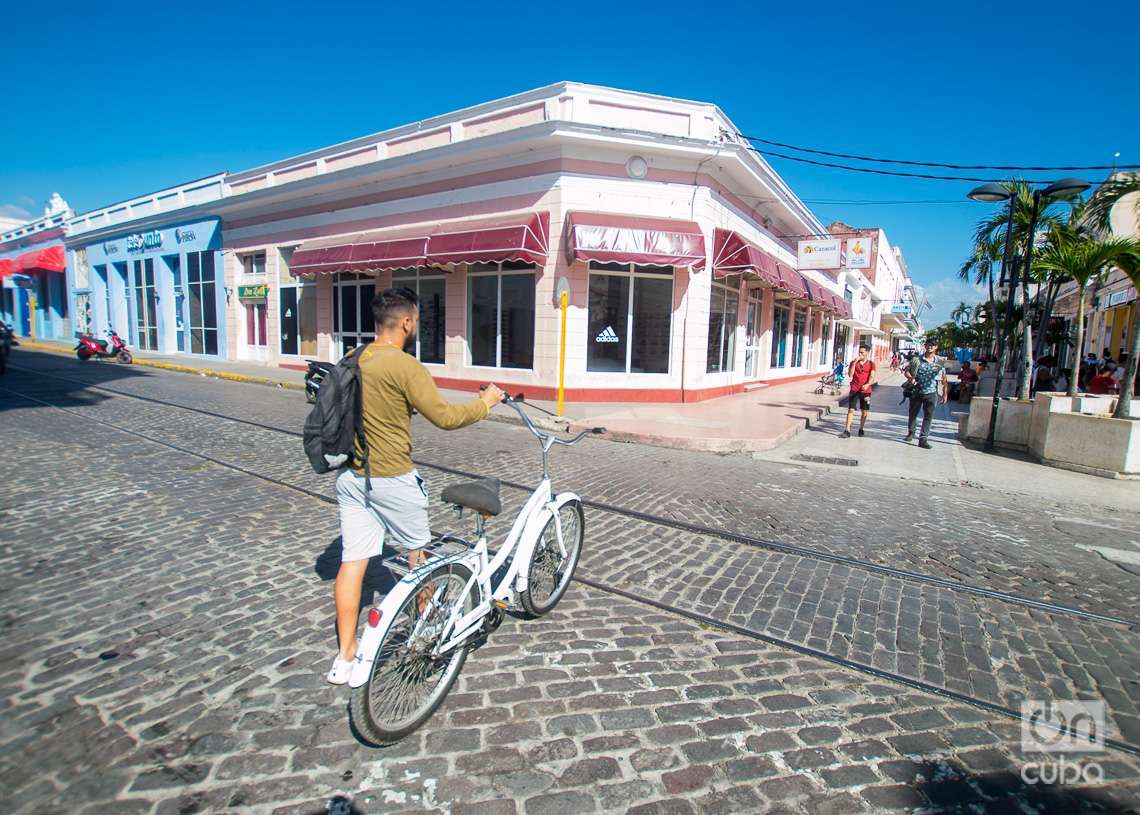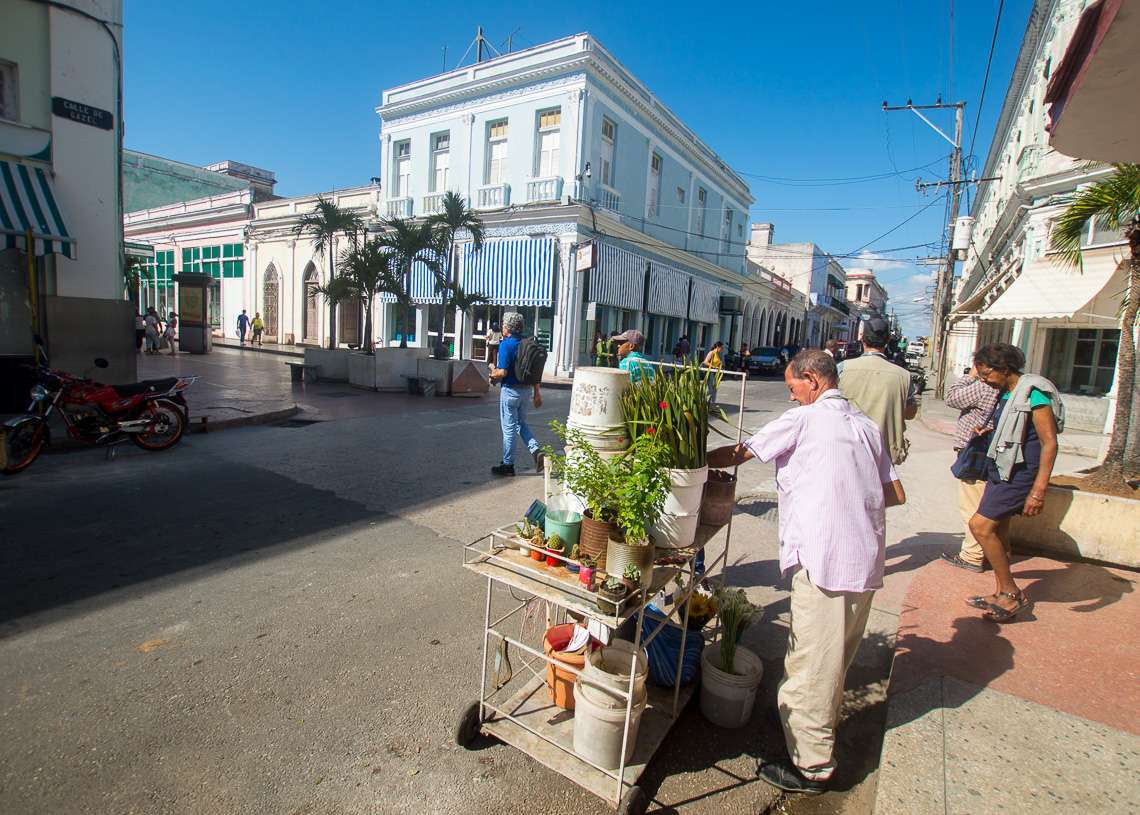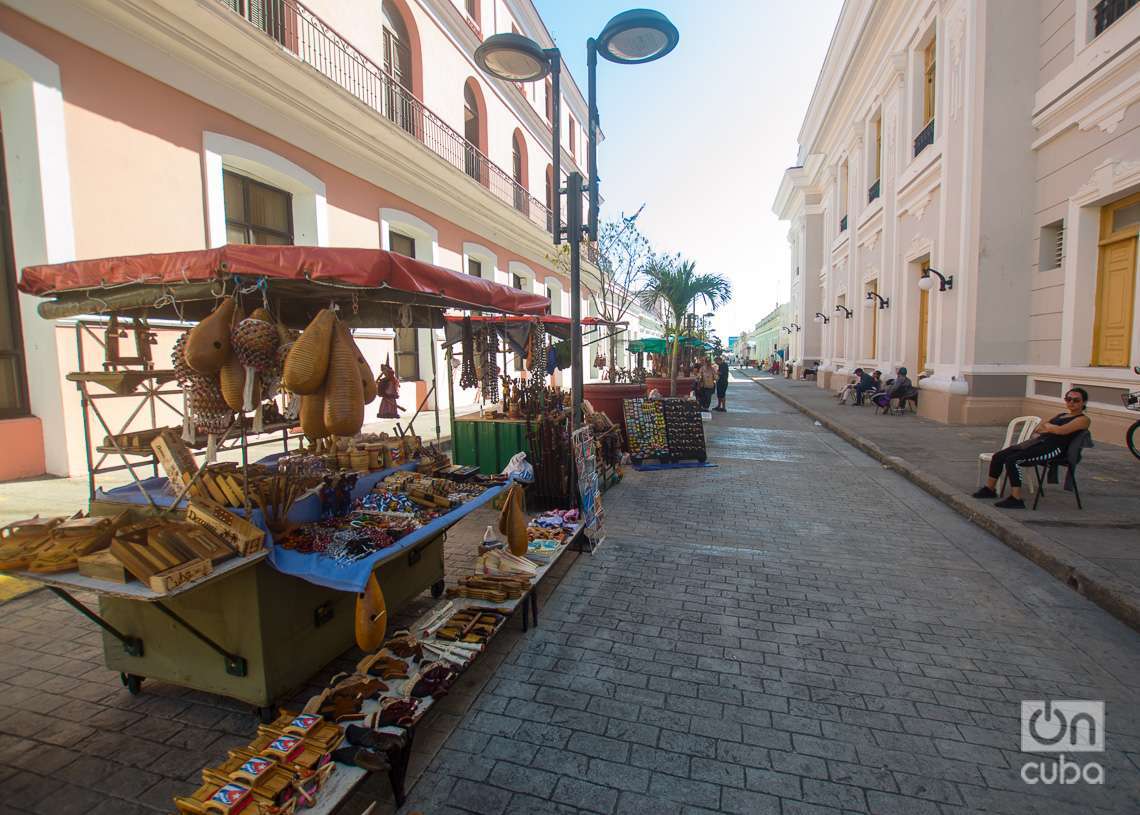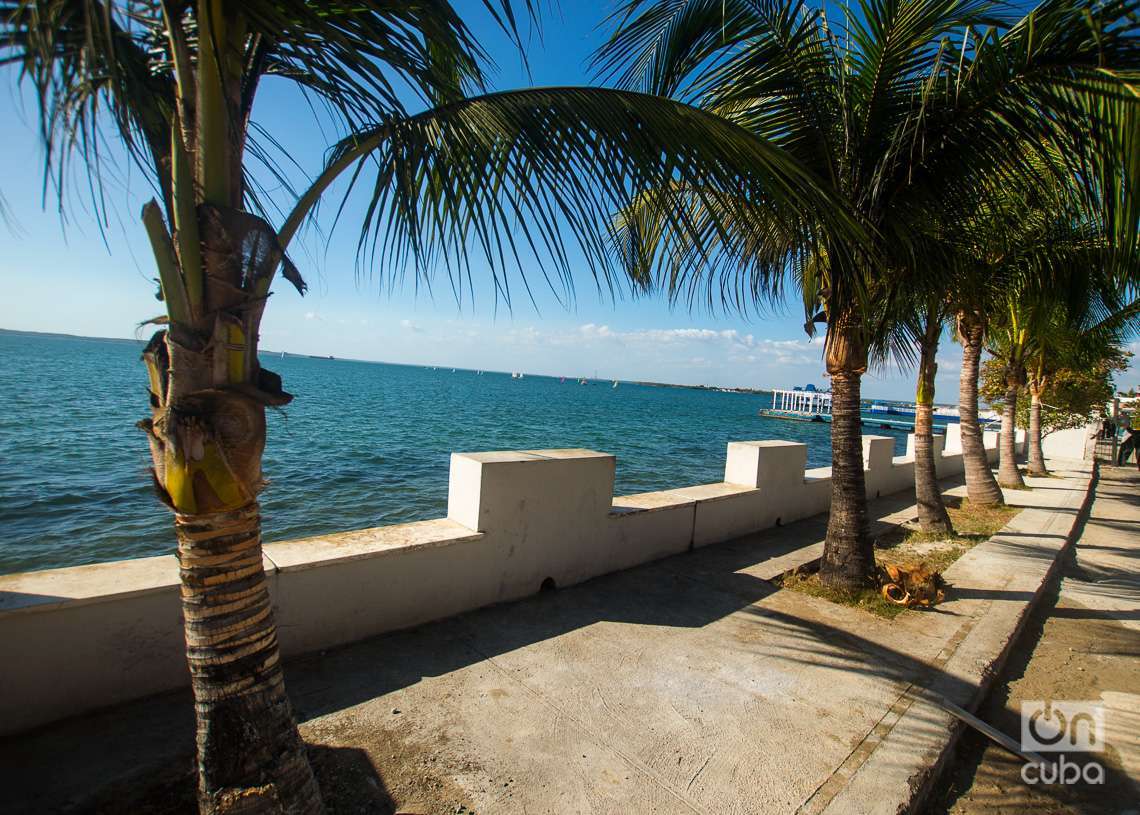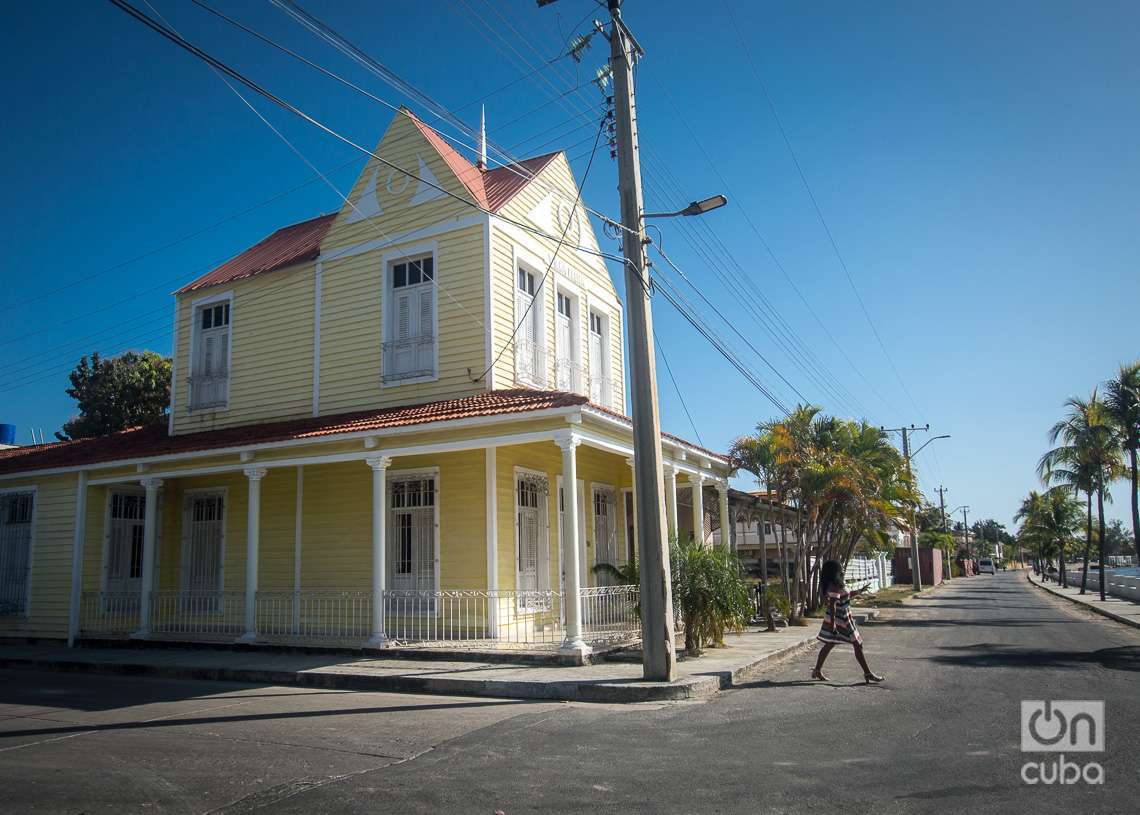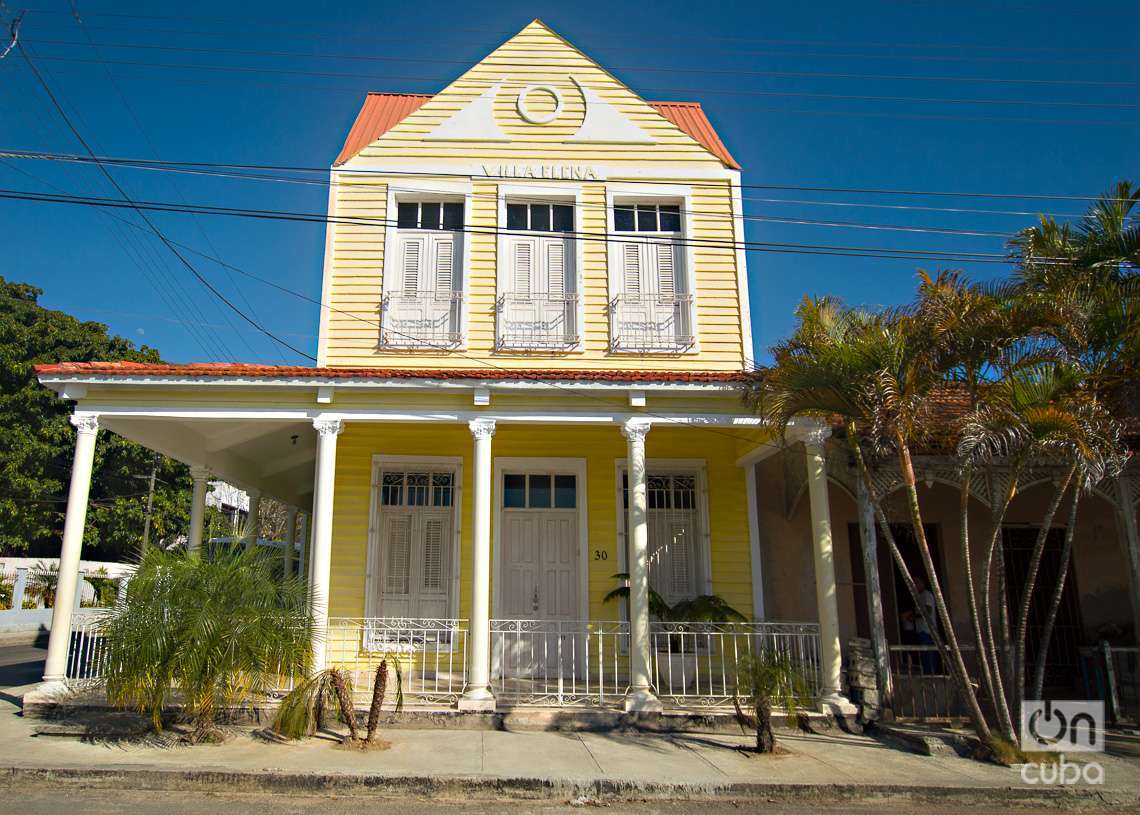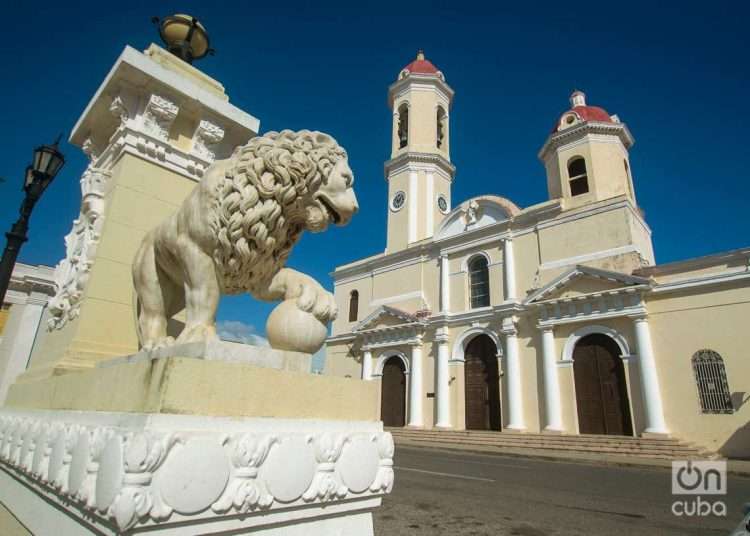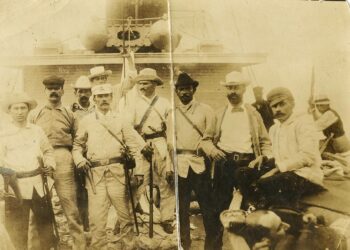To the south of the central region of Cuba, more than 200 kilometers from Havana, is Cienfuegos. It is not the largest city on the island, nor the most populated, but it is one of the most beautiful and hospitable, a city bathed by the Caribbean Sea and with a valuable architectural and cultural heritage.
The so-called “Pearl of the South” is the only city founded by French colonists in Latin America under the Spanish crown. This happened more than 200 years ago, on April 22, 1819, when it was initially baptized as Fernandina de Jagua. However, it would later change its name in honor of Don José Cienfuegos, governor of Cuba at the time of its foundation.
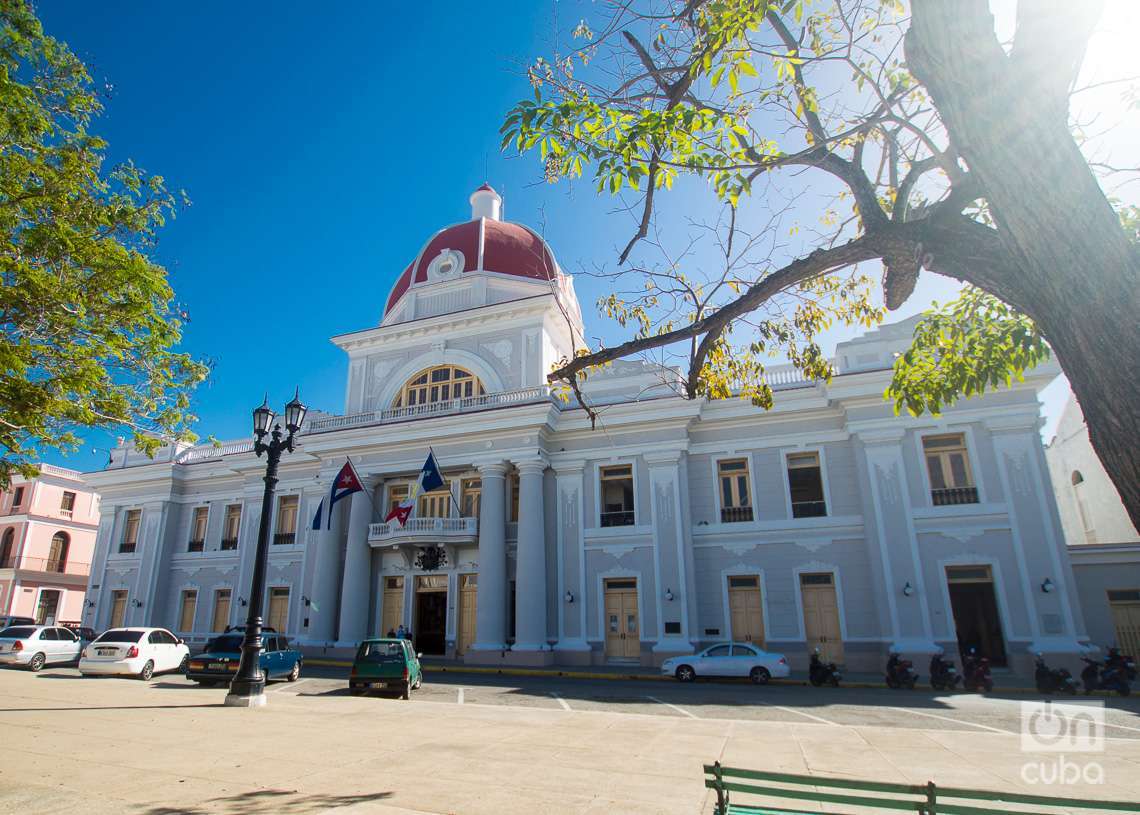
Located at the end of a wide pocket bay, Cienfuegos has a unique charm that has inspired poets and artists. There are not a few who have sung to her beauty, to her warm and jovial people, although perhaps no work in its honor is as famous as the one popularized by the legendary singer Benny Moré.
Although Benny was not born there, but in the nearby town of Santa Isabel de las Lajas, he never hid his love for the city of Cienfuegos. In his famous song of the same name, he cataloged it as “the city that I like the most,” a phrase that would remain for posterity.
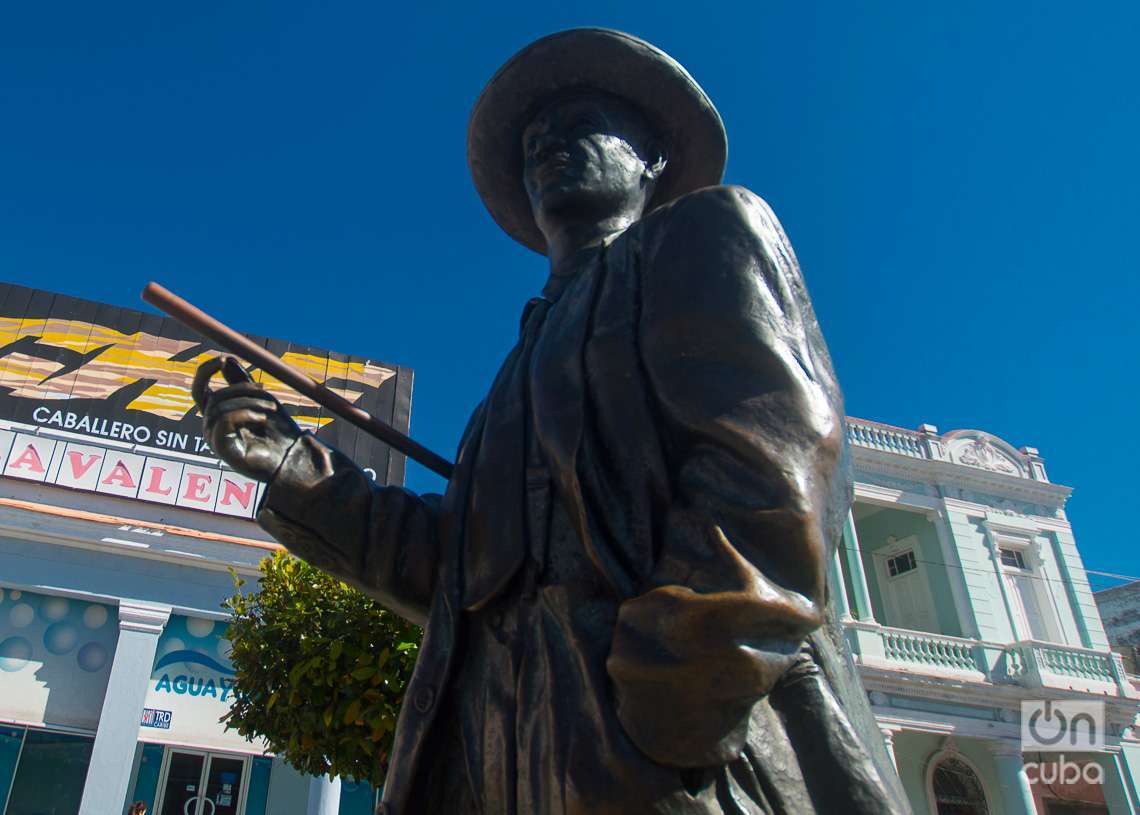
There are many buildings and places that distinguish the “Pearl of the South.” From Martí Park, with its arbor and its statue of the National Hero of Cuba, to its iconic Cathedral and the famous Tomás Terry Theater. From the Paseo del Prado, with the bronze sculpture of Benny Moré, to the Malecón and the modern Boulevard.
Buildings such as the Ferrer Palace, the Cienfuegos Club, the Jagua Hotel and the Valle Palace are other jewels of Cienfuegos architecture that any visitor can discover on a tour of the city. And they are not the only ones. Not surprisingly, its preserved historic center was declared a World Heritage Site by UNESCO.

Almost three years after its bicentennial, and despite the impact of the pandemic and the economic crisis, Cienfuegos continues to be one of the most photogenic cities in Cuba. This week our correspondent Otmaro Rodríguez visited it and brings us closer with his images to several of its most emblematic sites.
